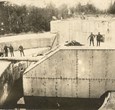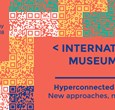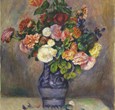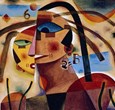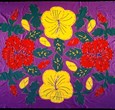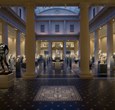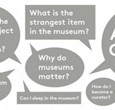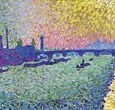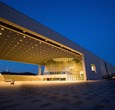
A stroll through the Netherlands' first and oldest museum
Teylers Museum is the Netherlands' first and oldest museum, open to the public since 1784.
A stroll through the museum takes you from fossils and minerals to prints, drawings and paintings, from scientific instruments to coins and medals. The presentation of its collections is largely unchanged since the late 18th and 19th centuries.
Pieter Teyler
Teylers Museum was named after Pieter Teyler van der Hulst (1702-1778), a wealthy banker and silk manufacturer from Haarlem. As a true exponent of the Enlightenment, he had a great interest in the arts and sciences - disciplines in which he immersed himself out of a belief that man was enriched by knowledge.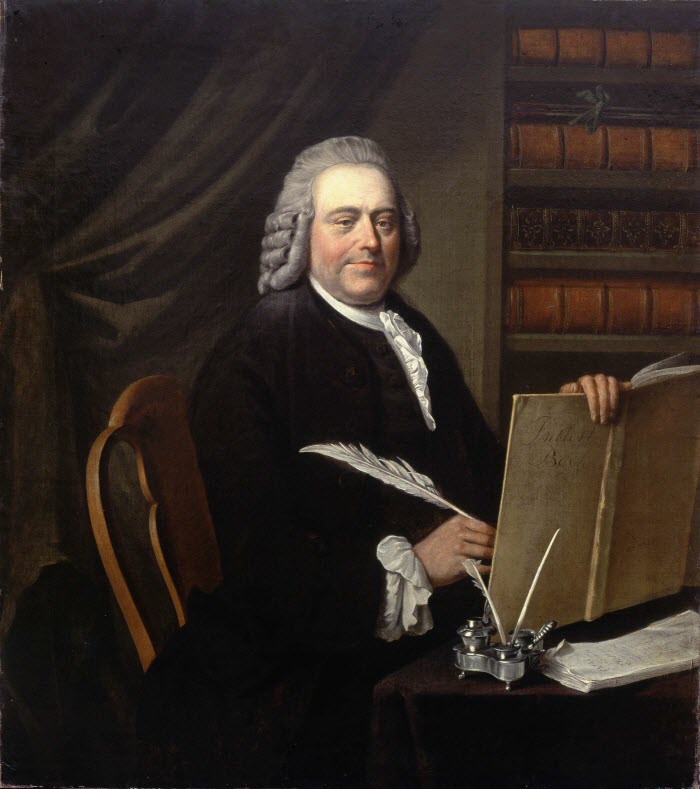
Pieter Teyler van der Hulst
Teyler's will stipulated that his fortune should be used to establish a foundation whose various purposes included the promotion of the arts and sciences. Its executors decided to build a public museum that could bring together exhibits from the two fields. Books would be provided for study, and scientific instruments for demonstrations. Drawings would be discussed during viewings. Fossils and minerals would be used in public lectures.
The collection
Built in 1784 to house exhibits legated by Pieter Teyler, the Teylers Museum has hardly changed in all those years.
Fossils, minerals, physical instruments, coins, medals and many paintings, drawings and prints by artist like Rembrandt and Michelangelo can be found at the museum. It might seem like an unusual combination, but back in the days when the museum was founded, science was also considered a form of art.
Wander past the various items shown in the attractive historical display cases lit only by daylight. It is as if you were leafing through an encyclopaedia, allowing each object to tell its own story – each fossil, mineral or scientific instrument; each coin, medal, book, print, painting or drawing.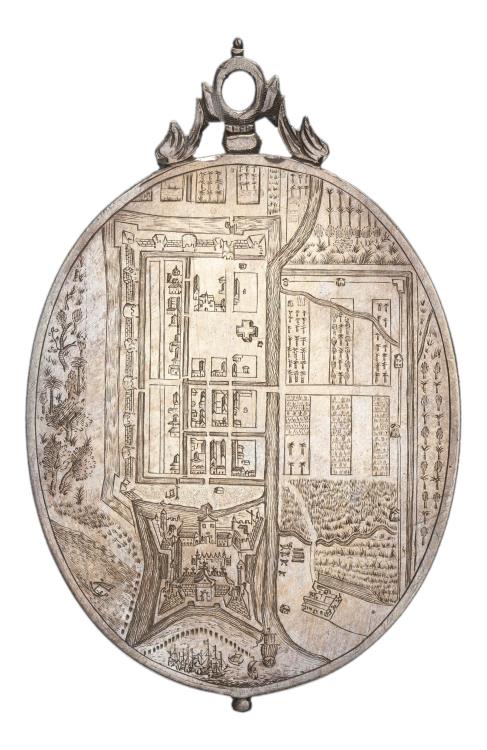
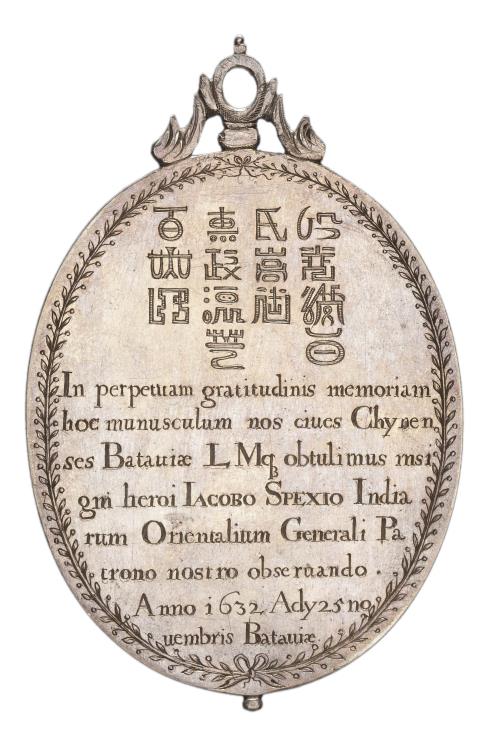
(onbekend)
Jacob Speks (Specx), gouverneur-generaal van Nederlands-Indië te Batavia.
penning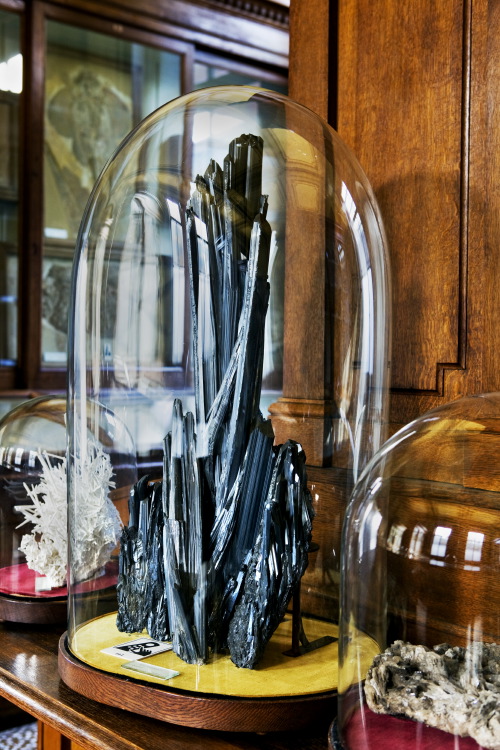
Antimonietkristal
mineraal
John James Audubon (1785-1851)
The birds of America; from original drawings made during a residence of twenty five years in the United States and their territories.
1826-1838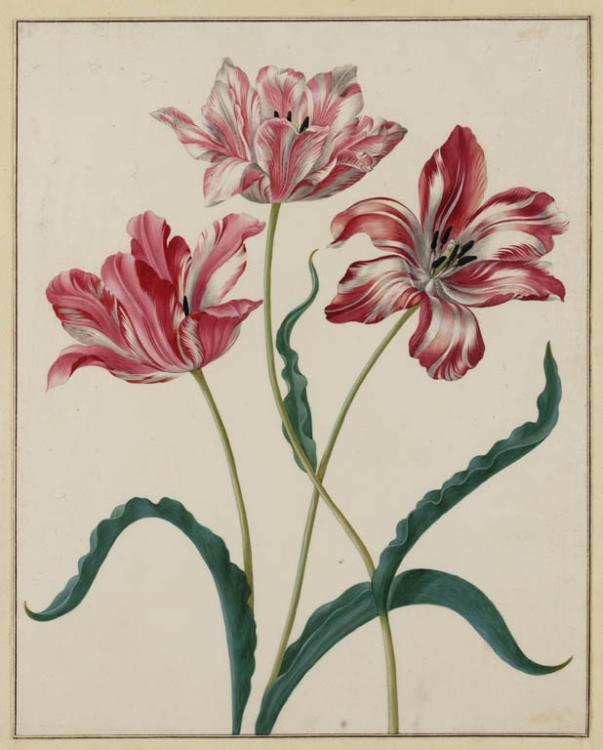
Maria Sibylla Merian (1647-1717)
Drie tulpen
tekening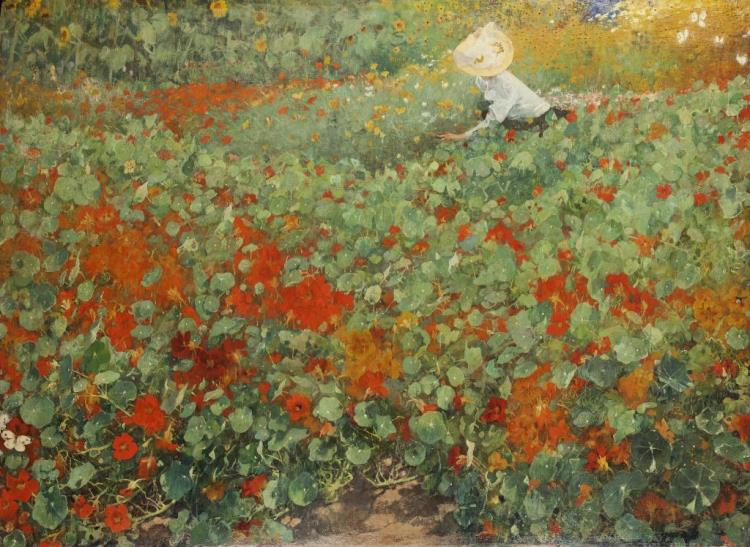
Jacobus van Looij (1855-1930)
De Tuin
schilderij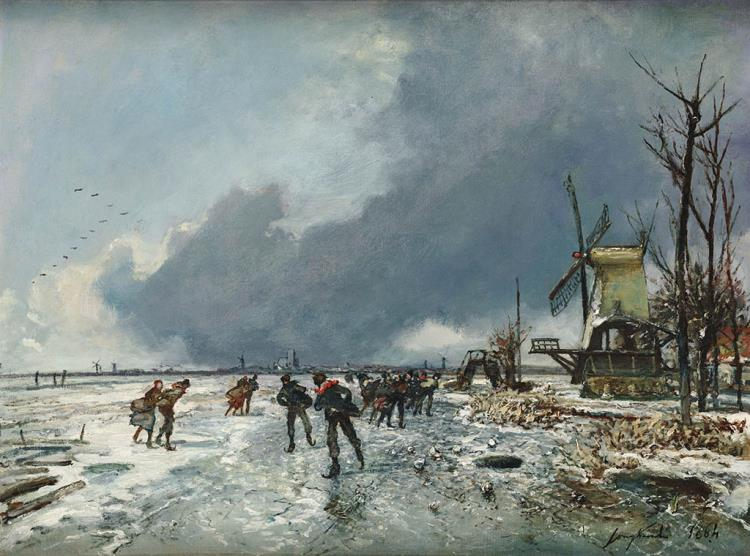
Johan Barthold Jongkind (1819 - 1891)
Wintergezicht met schaatsers
schilderij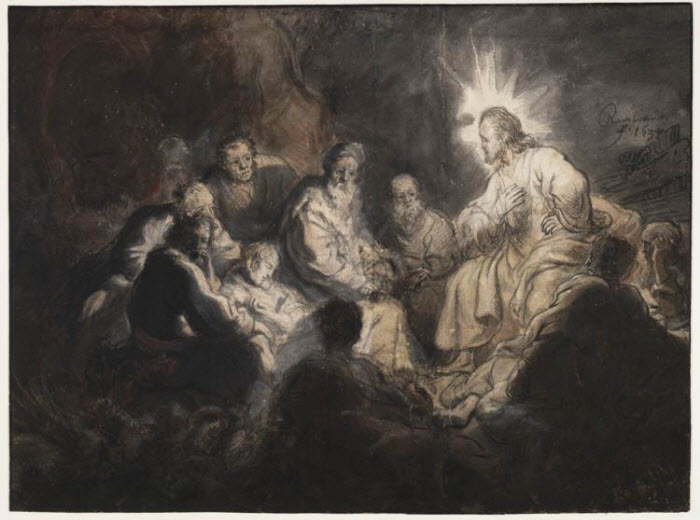
Rembrandt Harmensz. van Rijn (1606 - 1669)
Jezus en zijn discipelen
tekening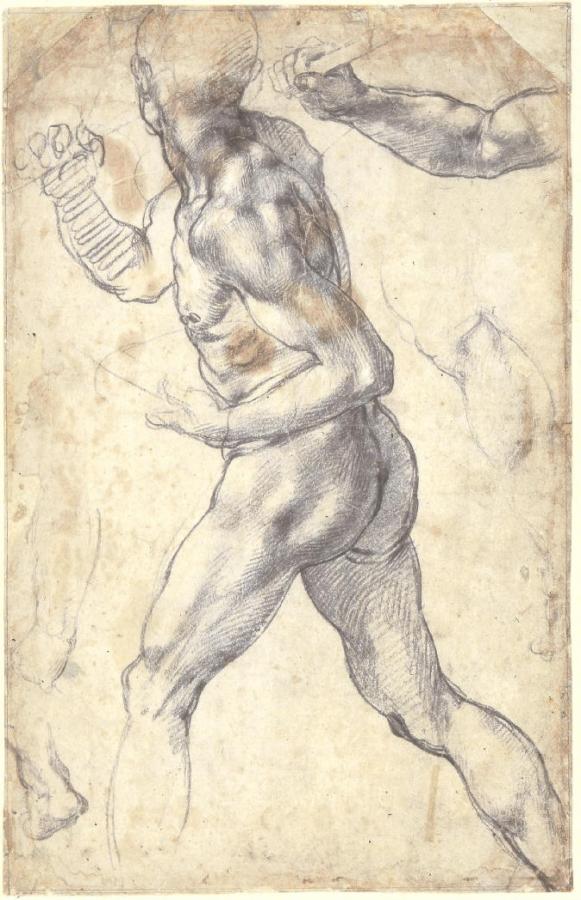
Michelangelo Buonarroti (1475 - 1564)
Figuurstudie van een lopende man
tekening
The building
The Oval Room is the oldest part of the Museum. It was designed by the architect Leendert Viervant, who was commissioned in 1779 to build a 'Book and Arts Room'.
The Oval Room is one of the finest examples of Neo-classical architecture in the Netherlands. The upper gallery has twelve built-in bookcases, largely containing encyclopaedia. The showcase in the centre displays a magnificent mineralogical collection from the 18th century. The two pyramidal showcases were constructed around 1803 for the display of rocks and stones. The ground floor cupboards hold 18th-century scientific instruments in the fields of chemistry, electricity, magnetism, optics and mechanics. Free-standing are larger instruments and models, including the fine celestial and terrestrial globes by George Adams (circa 1790). 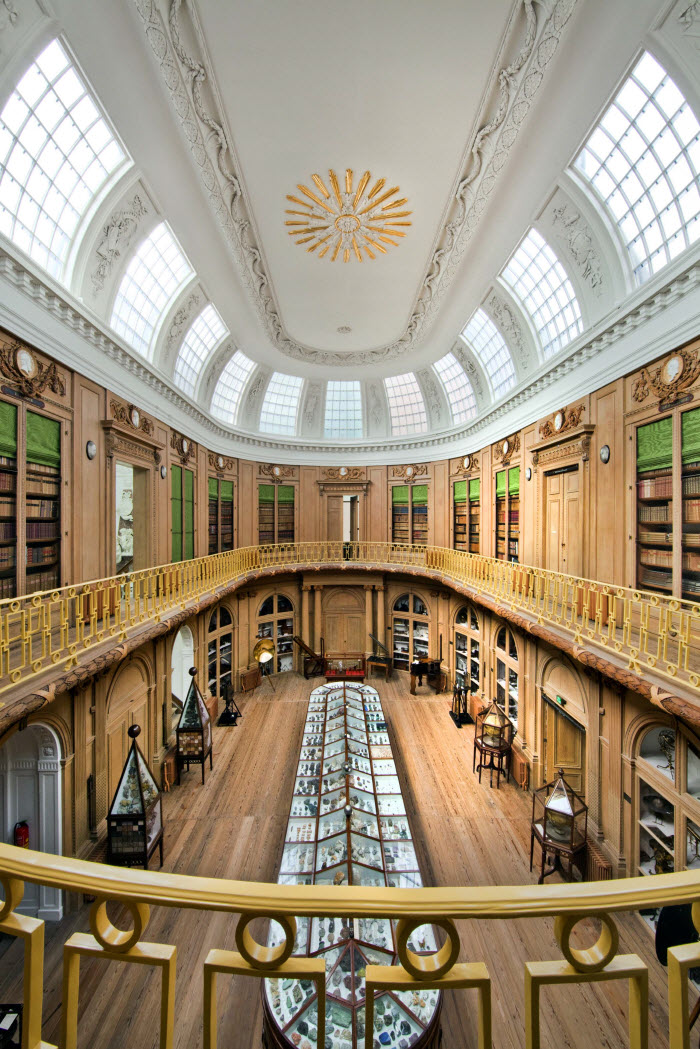
The Oval Room
In the 19th century, the museum was expanded with two painting galleries: Teylers First Painting Gallery in 1838 and Paintings Gallery II in 1892. In 1878, to mark the first centenary, a new entrance on the Spaarne (the current main entrance) was designed by the Viennese architect Christian Ulrich. It opened in 1885. The rooms behind it – the Instrument Room, and Fossil Rooms I and II – were designed by the Haarlem architect A. van der Steur. At the same time, the library was extended and a 150-seat auditorium was added. Over a century later, in 1996, a large new wing was added; this was the design of Hubert-Jan Henket.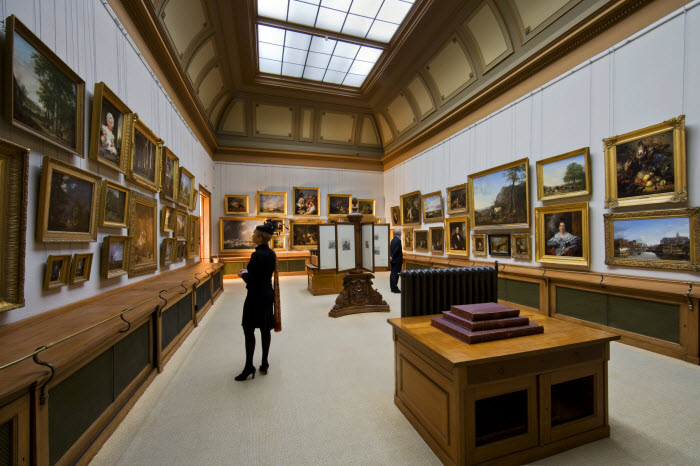
The Paintings Gallery I
The museum offers a free audio-tour and you can learn more about the exhibits in the Multimedia Room. A wide range of exceptional fossils, stones, jewellery, books and children's gifts can be found in the museum shop.
You can also browse the superb collection of the Teylers Museum on Museums.EU:
http://museums.eu/collection/details/2147483647/2426.
Source
